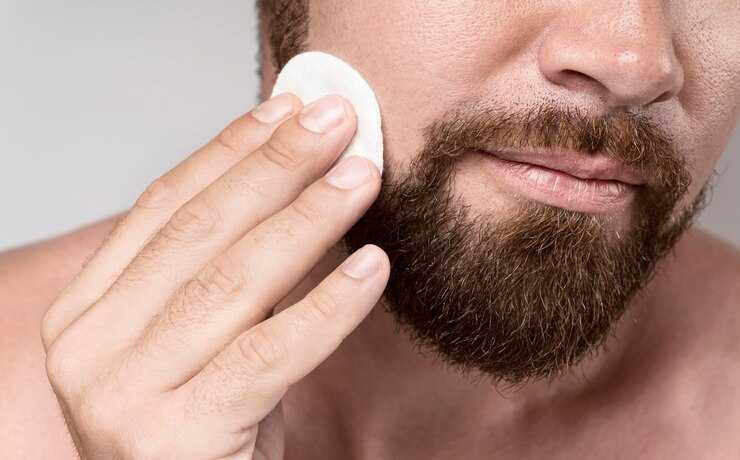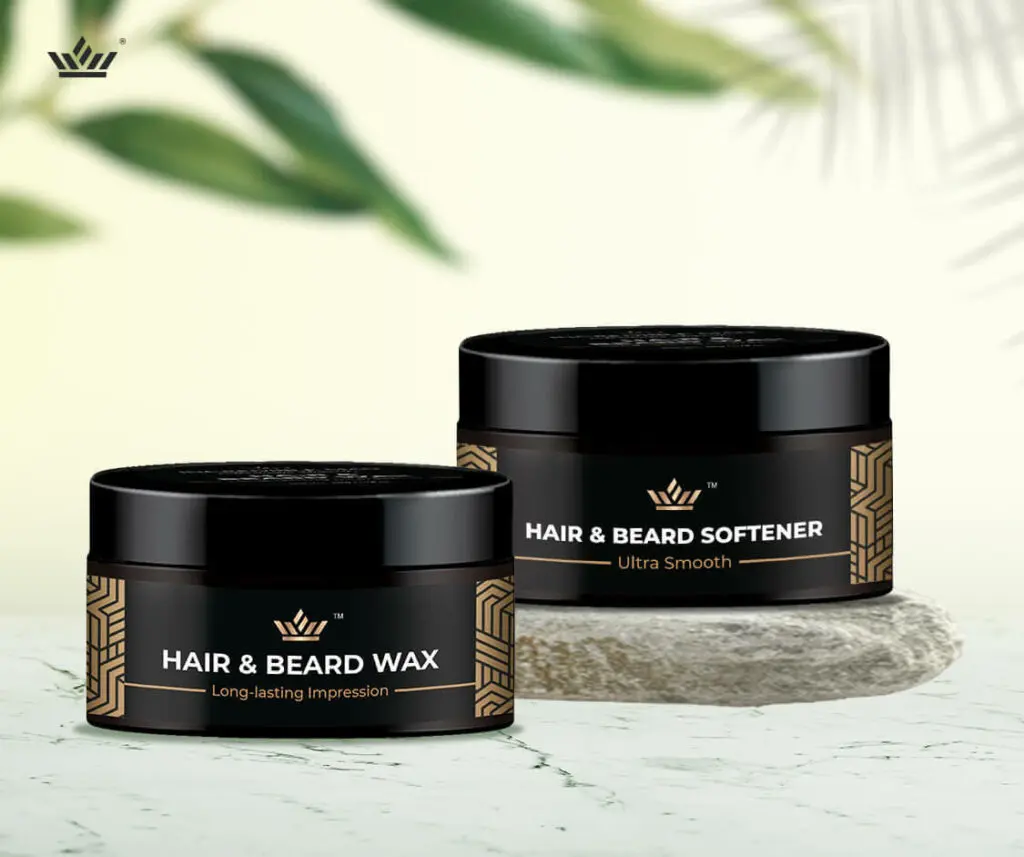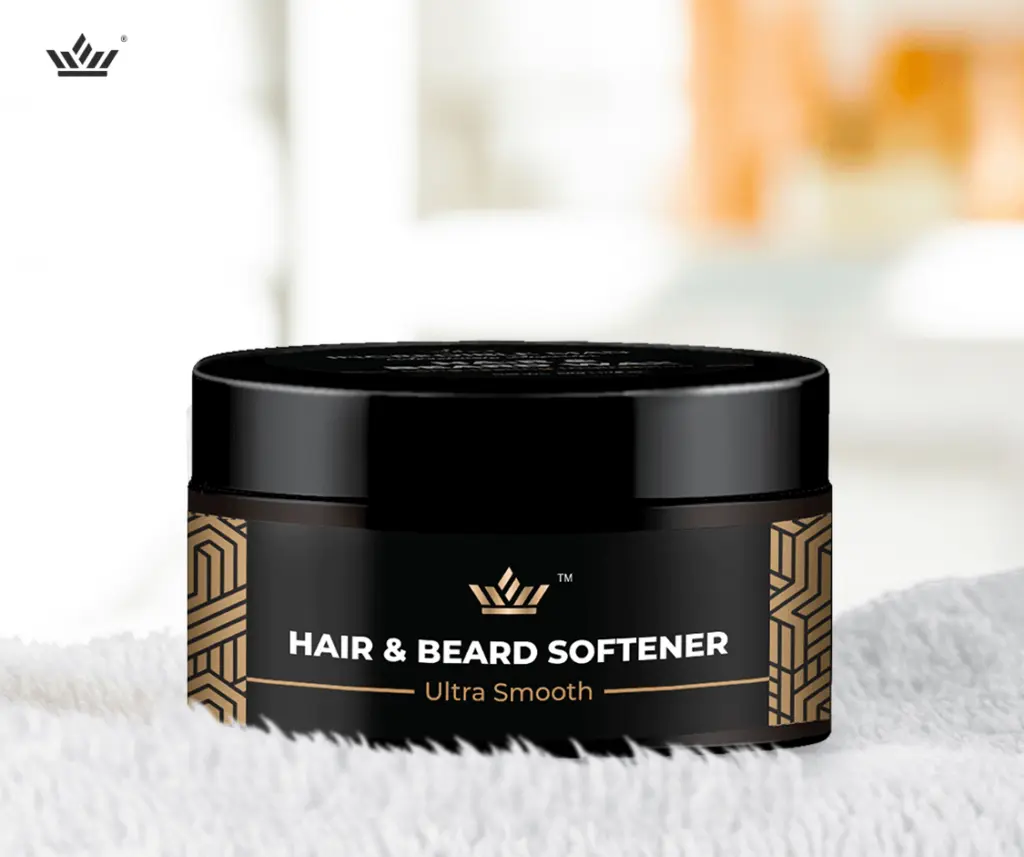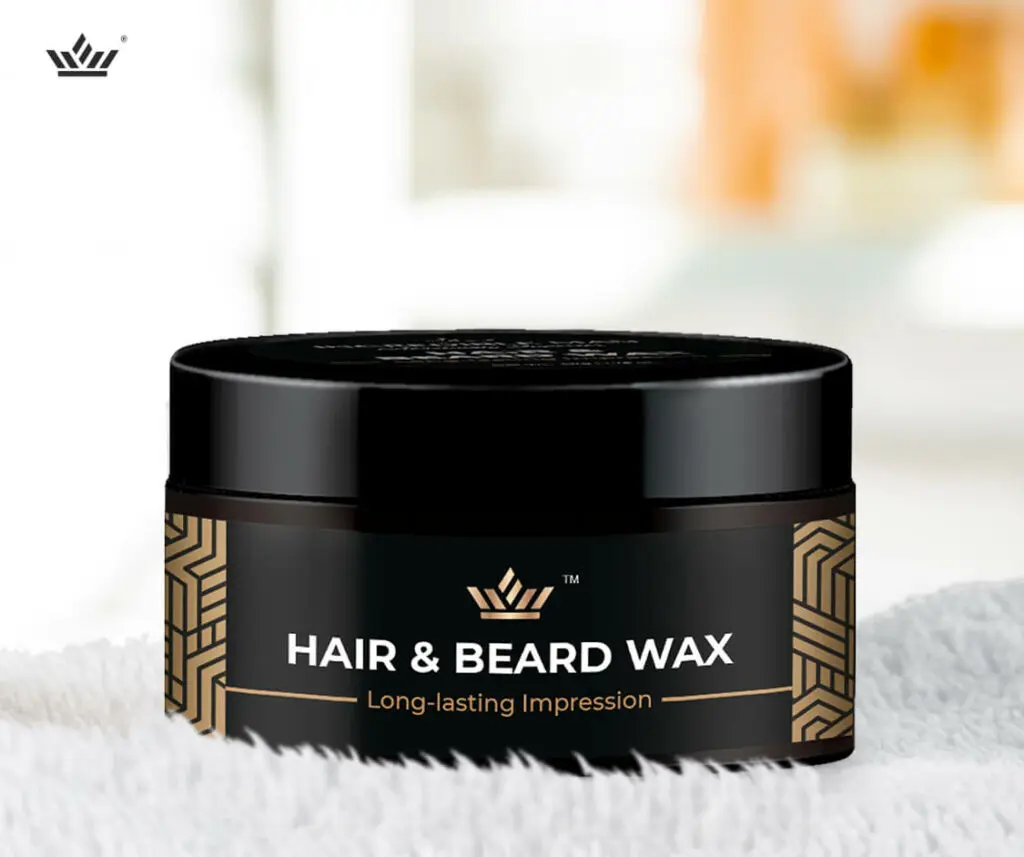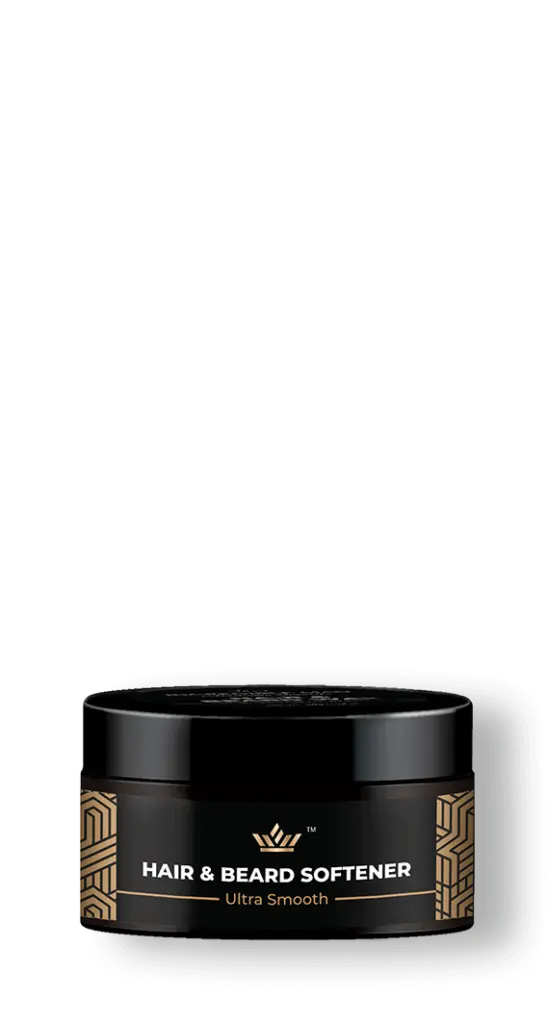Any man who wants to have a good-looking beard must take the proper precautions. The care of your beard involves more than just giving it the occasional trim. It needs regular upkeep to be strong and look its best. Here are some tips for keeping your beard in good shape.
- Cleanse your beard regularly. It is important to keep your beard clean to prevent dirt, sweat, and other buildup from clogging your pores and causing skin irritation. Use a beard wash or shampoo specifically designed for beards to keep your beard clean and healthy.
- Condition your beard . After washing your beard, use a conditioner or beard oil to keep it soft and moisturized. This will help keep your beard looking good and feeling comfortable.
- Trim your beard. Regularly trimming your beard is important to keep it looking neat and attractive. Trim the sides and the bottom of your beard, and don’t forget to shape the edges for a more polished look.
- Comb your beard. Combing your beard regularly will help keep it tangle-free and looking neat. Invest in a quality beard comb and use it daily to keep your beard in check.
- Protect your beard from the elements. The sun and wind can be damaging to your beard, so it’s important to protect it with a good beard balm or wax. This will help to lock in moisture and protect your beard from environmental damage.
How Can I Improve My Face Beard?
Growing a healthy beard is an art, not a science. It takes time, patience, and the right techniques to grow a beard that looks great and is healthy and strong. So if you want to improve your facial hair and get the look you’ve been striving for, read on for some tips on how to improve your face beard.
- Exercise Proper Beard Care:
The first step to improving your face beard is to make sure you’re taking proper care of it. This means washing it regularly, using the right products, and trimming it when needed. Use a mild shampoo and conditioner made for beards, and brush your beard daily to evenly distribute the natural oils. This will help keep your beard healthy and strong. - Trim Your Beard:
Trimming your beard regularly is essential to keeping it looking neat and healthy. Invest in a good pair of scissors and use them to trim away stray hairs and keep the length even. Make sure to use a comb to keep the hairs in place while you’re trimming. - Eat a Healthy Diet:
Your diet has a direct impact on the health of your facial hair. Make sure to include plenty of protein, vitamins, and minerals in your diet to ensure your beard is getting all the nutrients it needs to stay healthy. Foods like fish, lean meats, nuts, and leafy greens are all great sources of the nutrients your beard needs. - Stay Hydrated:
Drinking plenty of water is essential for keeping your beard looking healthy. Hydration is key to keeping your skin and hair healthy, and making sure you’re getting enough water each day can help keep your beard looking its best. - Use Beard Oils and Balms:
Beard oils and balms are a great way to keep your beard looking healthy and shiny. These products are designed to nourish the hair and skin and keep your beard looking its best. Make sure to choose a product that’s designed for your type of beard and apply it regularly.
These are just a few tips for improving your face beard. With the right techniques and some patience, you can have a great looking beard in no time.
Quick Tip:
Also, learn more about How to Get Rid Of Patchy Beard
Why My Beard Is Not Growing?
- Beard growth is something that many men desire but often have difficulty achieving. While genetics are the biggest factor in beard growth, there are some other factors that can affect it.
- The first is diet. Eating a balanced diet filled with proteins, fats, and vitamins can aid in beard growth. Foods rich in Vitamin A like carrots, sweet potatoes, and dark leafy greens can help promote facial hair growth.
- The next factor that can affect beard growth is hormones. Men who are deficient in testosterone may have difficulty growing a beard. Testosterone levels can be checked through a simple blood test, and if levels are low, your doctor may suggest testosterone replacement therapy.
- Stress can also play a role in beard growth. When a person is under increased stress, their body produces high levels of cortisol which can lead to hair loss. To reduce stress levels, try engaging in activities that make you feel relaxed such as yoga, meditation, or spending time with loved ones.
- Finally, lifestyle choices can also affect beard growth. Smoking, for example, can reduce blood circulation to the face, which in turn can inhibit hair growth. Additionally, using too many products on your face such as harsh soaps or chemical-filled shampoos can irritate the skin and stunt hair growth.
- In conclusion, while genetics are the primary factor in beard growth, diet, hormones, stress, and lifestyle choices can all play a role. If you are having difficulty growing a beard, consider making some adjustments to these factors and give it some time to see if it helps.
How Can I Grow a Beard Naturally?
Growing a beard is something that many men look forward to but often find difficult to do. It can be especially frustrating for men who have trouble getting their facial hair to grow. If you’re interested in growing a beard naturally, here are some tips on how to do it.
- Give your beard some time to develop. Expecting to grow a full beard in a few days is unrealistic. Hair takes time to grow, and even then, it could not get to the desired length. When it comes to growing a beard, patience is essential.
- Adopt a balanced diet. A diet high in protein and vitamins helps support the development of healthy hair. Make sure your diet is rich in fruits, veggies, nuts, and whole grains.
- Take care of your skin. This is especially important when it comes to growing a beard. Make sure to keep your skin hydrated and moisturized with quality beard oil or cream. Not only will this help to keep your beard healthy, but it will also help to promote new growth.
- Avoid using harsh chemicals. Many men use chemicals such as shampoos and conditioners to help their beards grow. However, these can often be too harsh on your skin, causing irritation and breakage. Instead, try using natural products like aloe vera gel or coconut oil to help keep your beard looking healthy.
- Attempt to relax. When it comes to hair loss, stress may play a significant role and even stop hair from developing in the first place. Don’t forget to take care of yourself and engage in activities you enjoy.
- Regularly moving about. Blood circulation is improved by exercise, and good hair growth depends on it. You are not need to visit the gym each day as a result. Just be sure to exercise in some capacity at least three times each week.
Growing a beard naturally can be a challenge. However, with the right strategies and a bit of patience, you can have the beard of your dreams in no time. Keep these tips in mind and you’ll be well on your way to growing a full and healthy beard.
What Are The First Signs of Beard Growth?
- Beards have been a symbol of masculinity, strength and wisdom for centuries. Growing a beard is one of the most popular trends among men today, and it can be a great way to express yourself and show off your unique style. But before you can start growing a full-fledged beard, you need to know what to look out for when it comes to the first signs of beard growth.
- The most obvious sign of beard growth is the appearance of hair on your face. You may notice a few light-colored hairs popping up around your cheeks and chin, or a darker, thicker patch of hair around your jawline. This is a normal part of the beard-growing process, and the hairs will eventually fill in to form a fuller, more defined beard.
- Another sign of beard growth is beard itchiness. As the hairs grow longer, they may start to irritate your skin, resulting in a slightly itchy feeling. This is a natural part of the beard-growing process, and you can help alleviate the irritation by using a mild beard shampoo and conditioner.
- If you’re growing a full beard, you may also experience beard dandruff. This is caused by the combination of oil, sweat, and dirt that accumulates in your beard, and it can cause flakes of skin to form around the base of your beard. Again, this is a normal part of the beard-growing process, and you can help minimize the dandruff by using a mild beard shampoo and conditioner.
- Finally, you may notice some patches of skin peeking through your beard. These are called “peach fuzz”, and they’re a normal part of the beard-growing process. As the beard grows, the hairs will eventually fill in these patches, resulting in a fuller, more defined beard.
- These are the most common signs of beard growth, and they’re a normal part of the process. With the right care and maintenance, you can grow a healthy, well-groomed beard that looks great and expresses your unique style.
Conclusion
You can maintain a great-looking, healthy beard by paying attention to these suggestions. Your beard will look its finest and complement your entire appearance if you give it the right care and attention..
Really, it depends on your choices and personal inclinations. Daily use of beard oil may be helpful if you believe your beard requires more moisture. Nevertheless, if your beard is already strong and well-hydrated, applying beard oil once every few days could be sufficient.
Your beard’s length and thickness will determine how it looks. You might need to comb your beard every day if it’s short and thin to keep it looking tidy. You might be able to get away with brushing your beard every few days if it is long and thick.
It depends. Some men may experience beard growth after the age of 25, while others may not. Genetics play a large role in determining when and how much facial hair a person will grow.
No, shaving does not cause beard to grow back thicker or faster. Hair grows in cycles, and shaving does not affect the speed or thickness of hair growth.
No, onion does not help in beard growth. Onion is known to have antibiotic and antiseptic properties which can help keep the skin and hair follicles healthy, but it does not directly stimulate growth or otherwise affect beard growth.
